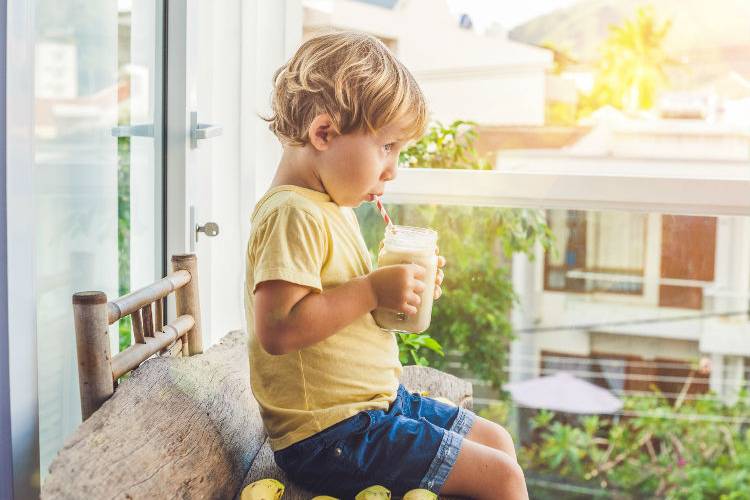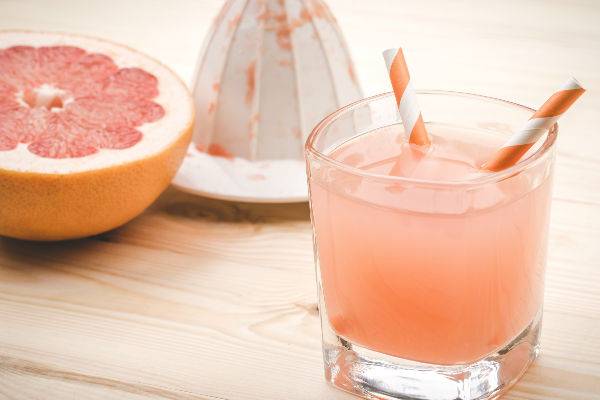Juices and concentrates
As a breakfast or picnic accompaniment, juice is one of the most refreshing drinks to help us cope with heat. Thanks to its vitamins, antioxidants and minerals, it can very quickly hydrate the body and is very nutritious.
TRIED AND TESTED
Share

TYPES OF JUICES
We can find a wide range of juices and concentrates on the supermarket shelves that, at first sight, may seem the same, but are made in completely different ways. In fact, nutritional properties greatly vary from a 100% squeezed juice to a nectar or juice from concentrate.
• Natural juice
This is something we can all prepare in our own homes, either manually or with a juicer. This type of juice has not been specially treated and retains all its nutrients and vitamins. It is the most beneficial juice because it keeps all the components of the fruit.
• 100% squeezed juice
These packaged juices are the most similar to natural juice. They come straight from the fruit without being concentrated, which allows them to better keep the properties and vitamins of the fruit. These juices usually have no added water, no sugar, nor any other ingredient besides the squeezed fruit juice.
• Juice from concentrate
Juice based on concentrate is made by squeezing the juice and removing, through an evaporation process, 85% of the water. The dehydration involves high temperatures and low pressure conditions to avoid any possible damage to the juice and to keep its characteristics. At the packaging point, new water is added, as well as flavourings that were lost during the concentration process. These juices usually keep for longer.

• Fruit "nectar"
Nectar, or essence, is made by adding water and sugar to fruit juice. In these types of drink the natural juice content is between 50% and 45% and usually comes from juice concentrate. Treating a drink with added sugar usually enhances the taste.
• Juice and milk drinks
This type of product is becoming more and more popular, especially with children, since it combines the goodness of fruit and milk and also contains vitamins. However, you have to understand that they are not the same as eating some fresh fruit and having a glass of milk.
• Soft drinks with juice, flavoured waters
Becoming more and more fashionable, the percentage of juice in these types of drink is very low, barely 10%, so they cannot be considered as a juice, but more accurately as a soft drink.
JUICE IS NOT A SUBSTITUTE FOR FRUIT
It will always be healthier and more nutritious to have the whole fresh fruit, even compared to freshly squeezed juice.
• Fresh fruit has a high fibre content that juice does not keep in the same way.
• With a smaller amount of fruit we feel full quicker, so we consume fewer calories.






